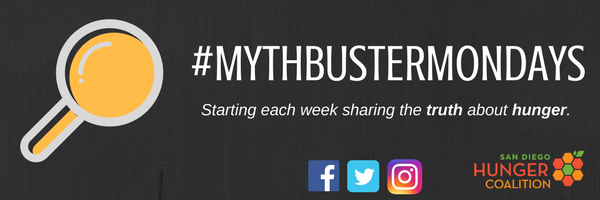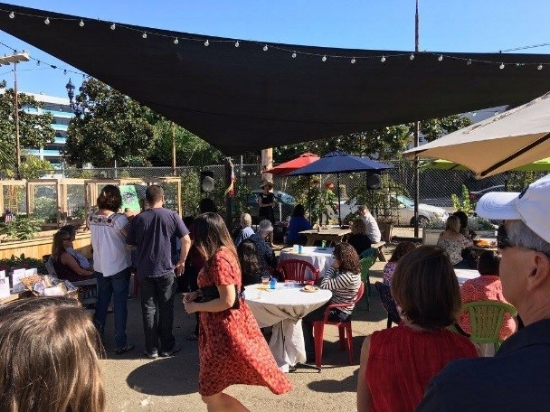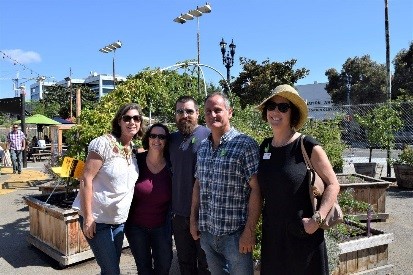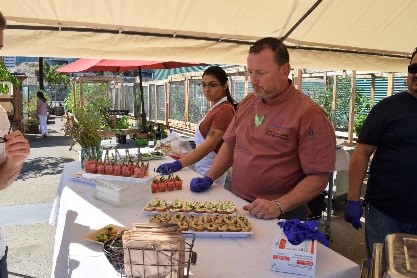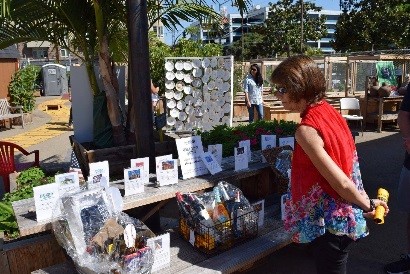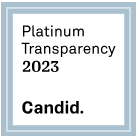An important part of ending hunger here in San Diego County is advocating for better hunger policies statewide. San Diego Hunger Coalition and members of the Hunger Advocacy Network travelled to Sacramento in May to talk with state legislators about important pieces of state legislation to help reduce hunger in San Diego County. Read on to learn about the policies we’re fighting for (or have already won!) and how they could help to ensure that no one in San Diego County goes to bed hungry.
AB 2054 - Nutrition assistance: Summer Electronic Benefits Transfer (EBT) for Children
What Does It Do?
AB 2054, co-authored by Assemblymember Lorena Gonzalez (D-San Diego), will prepare California to implement Summer EBT for Children (SEBTC). When it is approved at the federal level, this program will provide low-income families with a grocery supplement during the summer months for children enrolled in the Free & Reduced Price Meal Program. A small amount of funds are issued to EBT cards each month to supplement a household’s food budget. EBT cards function like debit cards, but can only be used to buy limited types of food and grocery items.
Why is it important?
Many low-income children who rely on school breakfasts, lunches, and after-school snacks during the school year go hungry during the summer months, when school is out of session. Hunger is especially detrimental for children, and bouts of hunger during summer vacation can impair development and hinder learning and academic performance during the school year.
The San Diego Hunger Coalition’s 2014 report, Help Them Eat at Home, found that Summer EBT cards for children are one of the most effective and cost-efficient solutions for ending summer hunger. The study also informed a federal bill, the Stop Child Summer Hunger ACT.
Status
We’re excited to report that the bill passed unanimously (80-0) in the State Assembly, and now travels to the Senate. This bill has a lot of momentum but passing is never a guarantee. Your voice makes a difference. Here’s how you can help ensure the bill passes and children across the state don’t go hungry on summer vacation.
AB 1747 – Food Assistance for Higher Education Students
What Does It Do?
AB 1747, authored by Assemblymember Shirley Weber (D-San Diego), will address growing incidences of hunger among low-income college students in California by giving the state several new tools to and improve coordination between college campus anti-hunger efforts and those in their communities.
Why is it important?
Opportunities for low-income youth to escape poverty and climb into the middle class have narrowed over the past two decades. A college degree is an important tool in climbing the economic ladder; however, there have been increasing reports of college students who are limited in their opportunities to thrive in college by hardships like homelessness and hunger. This bill will support low-income college students by reducing hardships and barriers to graduation.
Status
We’re excited to report that the bill passed the State Assembly and is now before the Senate.
AB 1577 - CalFood Program: CalFood Account
What does it do?
Also known as the Farm to Food Bank Tax Credit, AB 1577 would offer most California farmers a 15 percent tax credit for the wholesale value of foods donated to food banks. AB 1577 is an improvement and extension of the existing tax credit program.
Why is it important?
This bill increases access to healthy foods for low-income Californians. To obtain donated food, food banks must compete with other ways that growers dispose of excess crops – including food going to waste – and a tax credit helps tip the balance for growers to contribute to food banks. Most of the produce distributed by San Diego Food Bank, Feeding America San Diego, and their partner pantries countywide comes from this tax credit program.
Status
We’re excited to report that the provisions in this bill were included in the California budget that was signed by Governor Jerry Brown.
Increased Budget for Breakfast After The Bell
What does it do?
This would offer more high-need schools the ability to use innovative Breakfast After The Bell programs to increase children’s access to breakfast by providing it in the classroom.
Why is it important?
One in five kids in San Diego County arrive to school without breakfast. Numerous studies have shown that eating breakfast can bolster academic achievement, reduce absenteeism and tardiness, and improve classroom behavior. Many students have limited access to breakfast programs that open before school starts. Breakfast After The Bell programs bring breakfast into the classroom, ensuring all children have the nutrition they need to succeed.
Status
We’re excited to report that the California budget for 2016-2017 included $2 million dollars in grant funds for public schools that want to startup or expand after-the-bell breakfast programs.
Increased Budget for Nutrition Incentive Matching Grants
What does it do?
The California Market Match program was launched in 2009 to encourage low-income families receiving nutrition benefits to purchase fresh, locally-grown fruits and vegetables at farmers’ markets. This program doubles the purchasing power of nutrition benefits, such as CalFresh and WIC when used to buy California grown fruits, nuts and vegetables at farmers’ markets.
Why is it important?
In 2014, $450,000 in incentives drove $2M in spending on fresh fruits and vegetables at participating markets. That is a Social Return on Investment (SROI) of 440%, which is unprecedented in healthy eating interventions.
Status
We’re excited to report that the California budget for 2016-2016 includes an investment of $5 million dollars in this important program. This will allow the state to leverage $5 million in Federal matching funds resulting in at least $10 million for the expansion of local nutrition incentive programs


